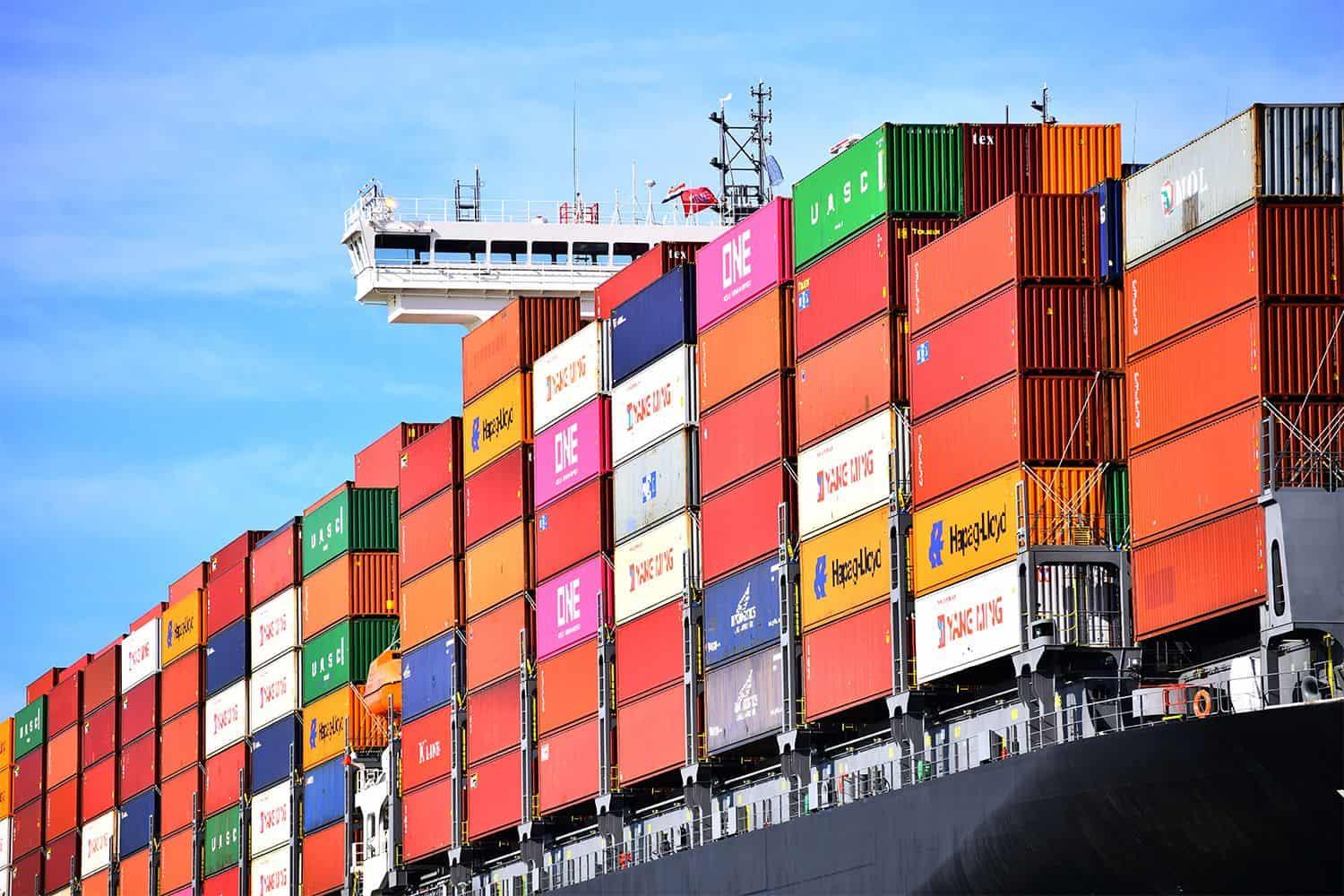
According to data from the Ministry of Industry and Trade, the total export turnover taking advantage of tariff preferences under FTA in 2018 reached 46.2 billion USD, accounting for 39% of the total export turnover to the FTA signing markets, and up 5% compared with 2017. The rate of using C/O is relatively stable, corresponding to export turnover to these markets.
In 2018, 942,371 preferential C/O sets were issued (including FTAs and GSPs), valued at US $ 50.9 billion, up 35% in value and 25% in C/O quantity compared to 2017.
In terms of turnover to take advantage of preferential tariffs, Vietnamese goods exported to China ranked first with the value of 12 billion USD. It is followed by Vietnamese goods exported to Korea and ASEAN with the value of 11 billion USD and 8.5 billion USD respectively. The volume of export goods taking advantage of preferential tariffs from Vietnam to Laos and Cambodia markets has negligible turnover. Export turnover taking advantage of tariff preferences of Vietnamese goods exported to India is only average, reaching more than USD 4.7 billion but having the highest growth rate, 2.6 times higher than that of 2017 (1.8 billion USD) .
Regarding the rate of utilization of FTA incentives, the Indian market accounted for the highest rate of utilization from AIFTA with 72%; followed by Chile and South Korea, with utilization rates of 67% and 60% respectively. The rate of utilizing incentives from Laos (0.02%) and Cambodia (10%) is not high because Laos and Cambodia are both ASEAN members, so businesses often take advantage of direct incentives from the ATIGA Agreement.
In general, Vietnam’s utilization rate of FTA incentives in 2018 is 39%, 5% higher than 2017 (34%).
Regarding commodity structure: Vietnam’s agricultural products (Chapter 01-24) had high rate of using FTA incentives because most goods met the rules of whole origin (WO) for raw agricultural products and Other rules for processed agricultural products. Industrial products (Chapter 25-98) have low utilization rates because the rules of origin for industrial goods are basically more complex and difficult to meet than agricultural products.
The summary of the utilization rate of preferential C/O under Vietnam's FTAs over the years to 2018 (in Vietnamese) is attached below:
Share: